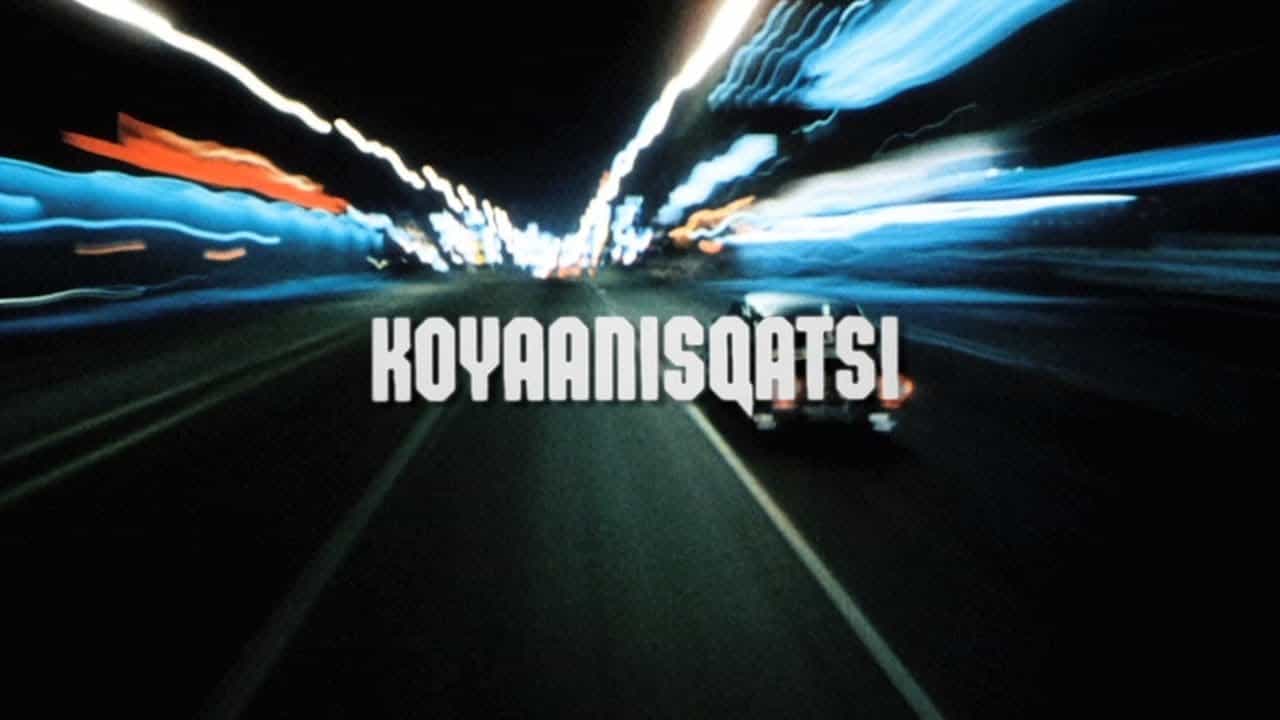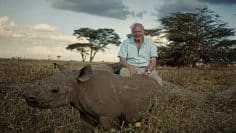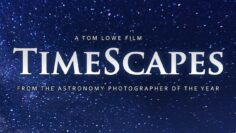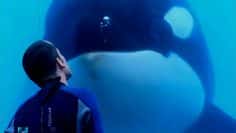Koyaanisqatsi
Koyaanisqatsi presents a striking visual journey through the relationship between nature, humanity, and technology. Directed by Godfrey Reggio, this experimental film features no dialogue or narration, instead relying on a mesmerizing montage of images set to an evocative score by Philip Glass. The title, derived from the Hopi language, translates to “life out of balance”.
The film opens with ancient cave paintings and progresses through a series of carefully composed shots, showcasing pristine landscapes, cloud formations, and natural phenomena. As the visual narrative unfolds, it transitions to scenes of human intervention in nature, including surface mining, hydroelectric dams, and urban development. The pace accelerates, depicting the frenetic energy of city life, mass production, and technological advancement.
Through expert use of time-lapse and slow-motion photography, Reggio draws parallels between natural processes and human-made systems. Clouds racing across the sky are juxtaposed with the flow of traffic, while the rhythmic movement of assembly lines mirrors the patterns of ocean waves. This technique highlights the interconnectedness of all things while also emphasizing the growing disconnect between humanity and the natural world.
The film’s structure is divided into sequences that escalate in intensity, each building upon the last to create a powerful commentary on modern existence. From serene wilderness to chaotic cityscapes, from massive industrial complexes to intimate portraits of individuals, the documentary presents a wide-ranging visual poem that encourages reflection on the state of our world and our place within it.
Culminating with images of space exploration and returning to the symbolism of ancient prophecies, the film comes full circle, leaving the interpretation of its powerful imagery open to contemplation. Without traditional narration, Koyaanisqatsi relies on the universal language of visuals and music to convey its profound message about the complexities of life in the technological age.










